Rise of Mobility as a Service (MaaS)
The rise of Mobility as a Service (MaaS) is reshaping the Automotive Software Market. MaaS platforms integrate various transportation services into a single accessible and customer-friendly interface, allowing users to plan, book, and pay for multiple modes of transport. This trend is gaining traction as urbanization increases and consumers seek more flexible transportation options. By 2025, the MaaS market is anticipated to grow significantly, with software solutions at its core, facilitating seamless connectivity between different transport modes. Automotive software developers are thus focusing on creating robust platforms that support real-time data sharing and user-friendly interfaces, which are essential for the success of MaaS initiatives. This evolution in transportation is likely to drive further innovation and investment in the Automotive Software Market.
Increased Focus on Vehicle Cybersecurity
Increased focus on vehicle cybersecurity is becoming a critical driver in the Automotive Software Market. As vehicles become more connected and reliant on software, the risk of cyber threats escalates. In 2025, it is estimated that the automotive cybersecurity market will reach over 5 billion USD, reflecting the urgent need for robust security measures. Manufacturers are investing heavily in developing software solutions that protect against hacking and data breaches, ensuring the safety of both vehicles and their occupants. This heightened emphasis on cybersecurity not only safeguards consumer trust but also complies with emerging regulations aimed at enhancing vehicle security. Consequently, the demand for advanced cybersecurity software is likely to propel growth within the Automotive Software Market.
Growing Demand for Electric Vehicles (EVs)
The growing demand for Electric Vehicles (EVs) is significantly influencing the Automotive Software Market. As consumers become more environmentally conscious, the shift towards EVs is accelerating, with sales expected to surpass 10 million units by 2025. This transition necessitates advanced software solutions for battery management systems, energy optimization, and vehicle-to-grid communication. Automotive software plays a crucial role in enhancing the performance and efficiency of EVs, which in turn drives the demand for innovative software solutions. Furthermore, the increasing investment in charging infrastructure and government incentives for EV adoption are likely to bolster the Automotive Software Market, as manufacturers seek to integrate cutting-edge software to meet evolving consumer expectations.
Integration of Advanced Driver Assistance Systems (ADAS)
The integration of Advanced Driver Assistance Systems (ADAS) is a pivotal driver in the Automotive Software Market. ADAS technologies enhance vehicle safety and improve the driving experience by providing features such as lane-keeping assistance, adaptive cruise control, and automatic emergency braking. As of 2025, the market for ADAS is projected to reach approximately 30 billion USD, reflecting a compound annual growth rate of around 15%. This growth is largely attributed to increasing consumer demand for safety features and regulatory mandates aimed at reducing road accidents. Consequently, automotive software developers are focusing on creating sophisticated algorithms and software solutions that support these systems, thereby driving innovation within the Automotive Software Market.
Adoption of Artificial Intelligence (AI) in Automotive Software
The adoption of Artificial Intelligence (AI) in automotive software is a transformative driver in the Automotive Software Market. AI technologies are being integrated into various automotive applications, including predictive maintenance, personalized in-car experiences, and autonomous driving systems. By 2025, the AI in automotive market is projected to exceed 10 billion USD, indicating a robust growth trajectory. This surge is driven by the need for enhanced efficiency, improved safety, and superior user experiences. Automotive software developers are increasingly leveraging AI to analyze vast amounts of data, enabling real-time decision-making and optimizing vehicle performance. As AI continues to evolve, its integration into automotive software is likely to redefine industry standards and consumer expectations, further propelling the Automotive Software Market.


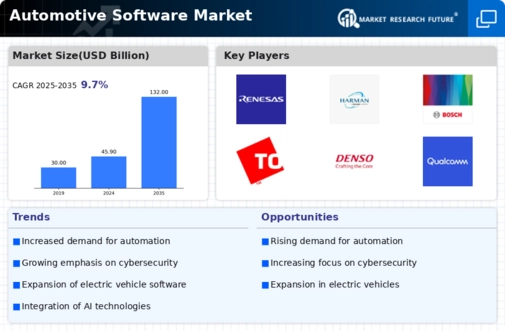
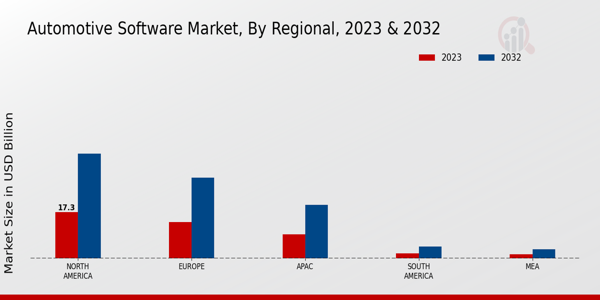


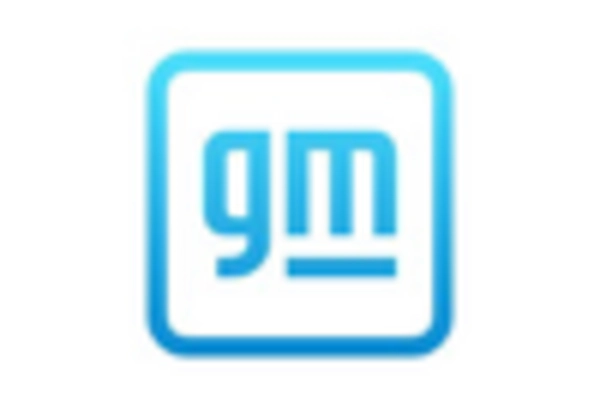


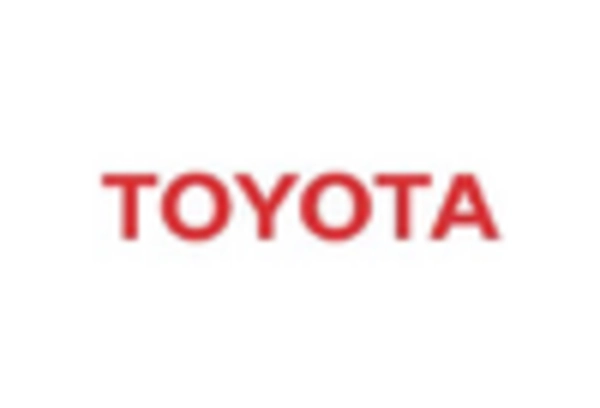
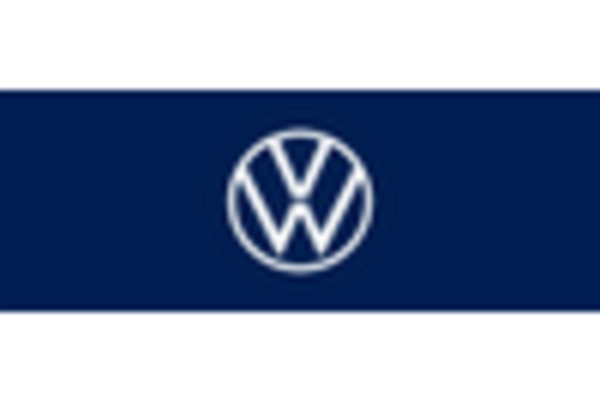








Leave a Comment